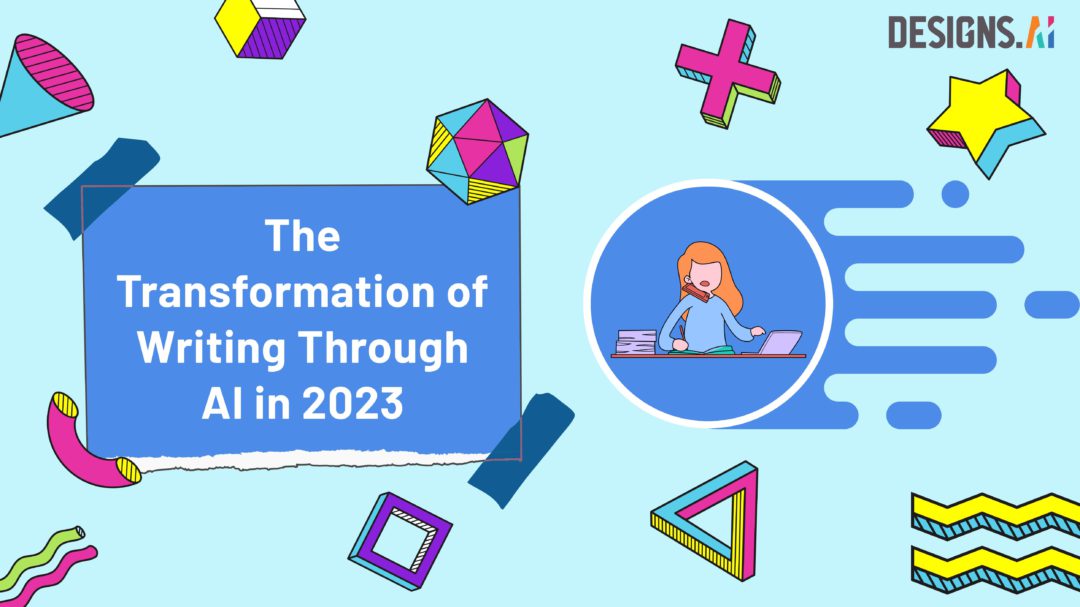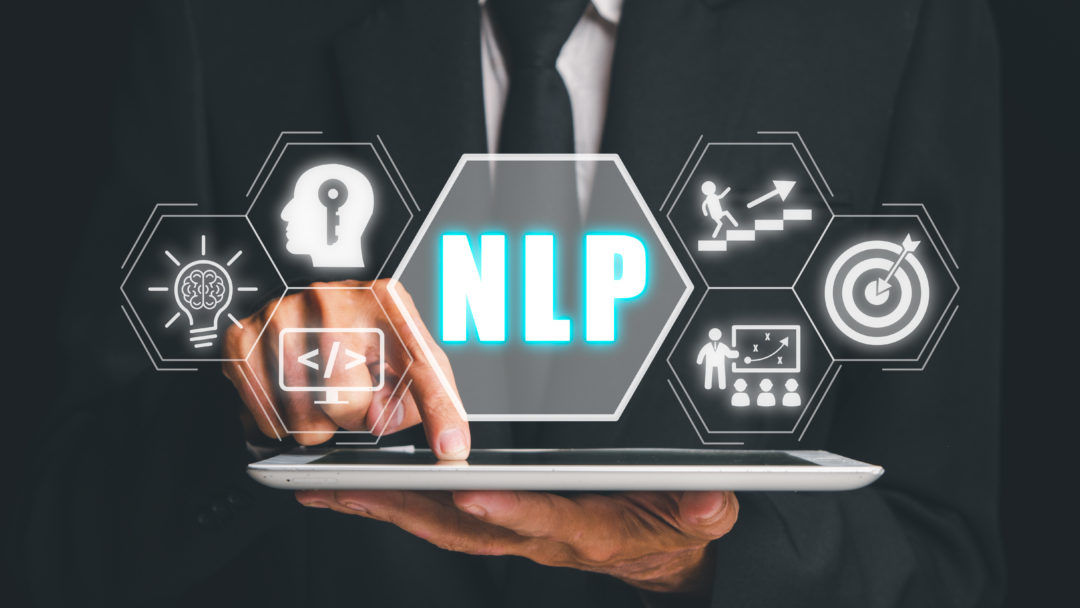
As the world evolves, so does the technology that surrounds us, prompting us to continuously adapt and evolve with it. One field that has been particularly impacted by the exponential growth of technology is writing. From typewriters and desktop computers to laptops and tablets, the writing process has experienced seismic shifts in tandem with technology’s evolution. And now, in 2023, we are on the cusp of a new era of writing transformation brought about by artificial intelligence (AI). This article will explore the transformation of writing through AI, with a particular emphasis on AI writing tools such as Designs.ai’s AI Writer.
The Emergence of Artificial Intelligence in Writing
In the recent past, AI’s role in writing was mainly to assist with grammar correction and plagiarism detection. Fast forward to 2023, and AI has morphed into a powerful tool that assists not only in correcting but also in creating content. Machine learning algorithms have improved drastically and can now understand and generate human-like text. This gives rise to AI tools like Designs.ai’s AI Writer, capable of creating human-like content in seconds.
Designs.ai’s AI Writer is a prime example of the transformation of writing through AI in 2023. It employs machine learning and deep learning algorithms to understand context, human sentiment, and grammar rules, generating unique, engaging content across a wide variety of topics. This AI tool is capable of drafting anything from blog posts and product descriptions to scripts and stories, all while saving you time and energy.
Understanding Natural Language Processing

The primary technology behind AI writing tools is Natural Language Processing (NLP), a field of AI that helps machines understand, interpret, generate, and interact with human language. NLP involves machine learning, computational linguistics, and computer science, and its main focus is on the interaction between humans and computers using natural language.
NLP-based AI can understand context and sentiment, paraphrase, summarize, answer questions, and even generate human-like text. This allows AI writing tools to mimic human-like writing effectively, providing high-quality content that maintains originality and creativity.
Redefining Writer’s Block and Creativity
Technology, particularly AI, is reshaping how we perceive writer’s block and creativity. Traditionally, writer’s block has been a significant obstacle for writers. But with AI writing tools, these challenges can be mitigated. AI can offer suggestions, draft outlines, and even provide a completed piece based on given keywords or topic.
Furthermore, creativity, once considered a purely human trait, is now being redefined. AI has the ability to learn from billions of data points, analyze patterns, and generate unique content. Therefore, it can offer fresh perspectives and innovative ideas, enhancing the creativity of the writing process.
Collaborative Writing and AI

Another facet of writing being transformed by technology is collaboration. Cloud-based tools have already revolutionized collaborative writing, allowing multiple people to work on a document simultaneously. But the integration of AI takes this to a new level. AI can analyze individual writing styles and adapt the content accordingly, maintaining consistency even when multiple writers are involved. It can also predict what a collaborator might want to write next, making the collaborative writing process more efficient.
Impact on Industries
The transformation of writing through AI is being leveraged across various industries. In the marketing and advertising industry, AI helps create catchy headlines, product descriptions, and advertising copies, reducing manual labor and boosting productivity. Similarly, in the news industry, AI can write news articles and reports based on data and facts, allowing journalists to focus on investigative journalism and in-depth reporting.
The Future of Writing
The advancements in AI and technology do not signal the end of human writers but the beginning of a harmonious collaboration. AI aids writers by shouldering some of their burdens, leaving them free to concentrate on ideation, analysis, and critical thinking. AI tools complement human writers, offering a symbiotic relationship where humans provide the creative spark and AI helps bring those ideas to life.
However, it’s essential to choose the right AI tool. That’s where Designs.ai’s AI Writer stands out. It ensures quality, uniqueness, and maintains the human touch in writing. With this tool, your writing process becomes more efficient, and the quality of your content improves.
Conclusion
In the dynamically changing landscape of technology, AI has made an indelible mark on the world of writing. It has become an ally for writers, offering assistance, increasing efficiency, and even enhancing creativity. The transformation it has brought about is just the beginning, with much more yet to come.
As we look to the future, it’s clear that AI writing tools, such as Designs.ai’s AI Writer, will play a significant role in shaping how we write. And though the means of writing may change, the ultimate goal remains the same – to communicate effectively and resonate with the reader. With the support of AI, we can hope to reach that goal more consistently, with a little more ease and a lot more creativity.
Looking to refine your brand voice? Our blog offers a comprehensive guide on utilizing Designs.ai’s AI Writer tool to create compelling content. Check out the blog here!
